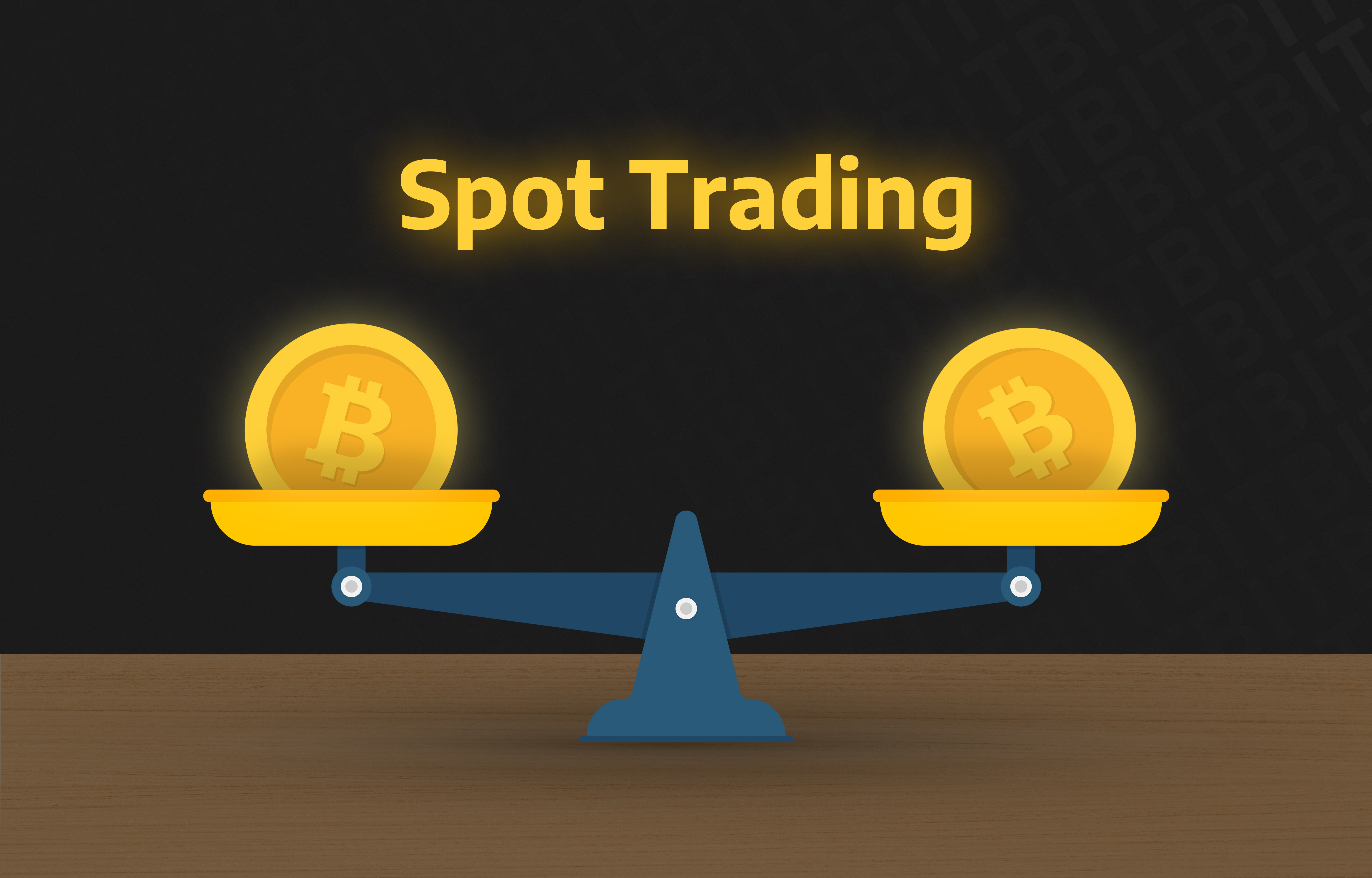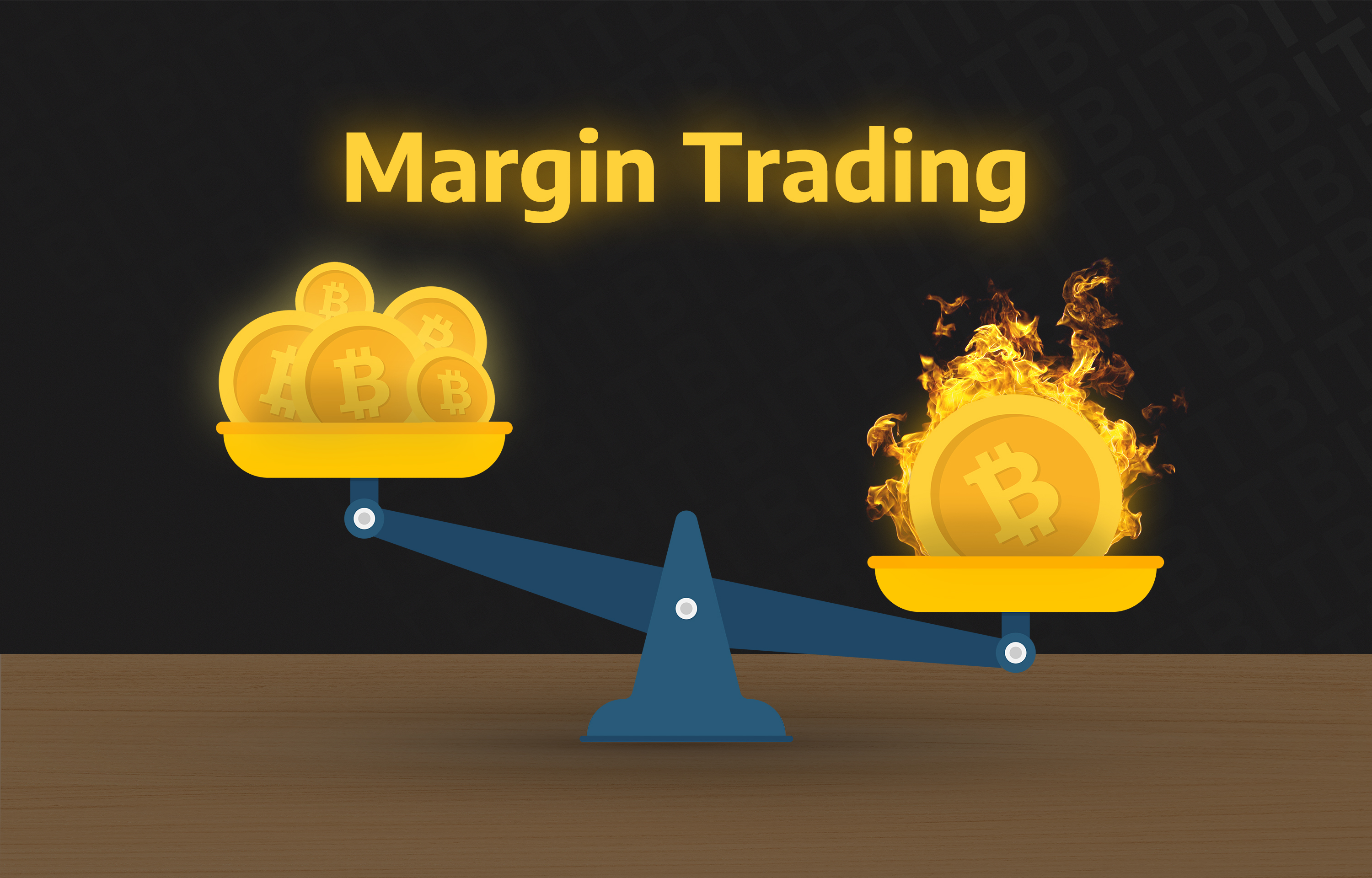Crypto Spot Trading vs. Margin Trading

Cryptocurrencies have recently witnessed rapid popularization, enjoying swift growth in awareness and adoption not only by users and institutions, but also by central banks from all corners of the world. As a result, activity surrounding cryptocurrencies including the online buying and selling of crypto assets has exponentially risen, especially in the triumphant bull run of 2021.
Crypto trading can be done in multiple ways, but the most popular methods of cryptocurrency trading are spot trading and margin trading. While both aim to achieve the same fundamental objective of gaining profits from the movement of market prices, spot trading and margin trading differ in mechanism and approach.
This means that certain strategies are better-suited for spot trading rather than margin trading, and vice-versa. How would one decide on the method of trading? To answer this question, it’s best to first understand what each method entails and the benefits & limitations characterizing each trading method.
What Is Crypto Spot Trading?

In essence, crypto spot trading is the act of buying and selling cryptocurrency at the spot price for immediate delivery of the cryptic assets. Simply put, it is when traders buy and sell crypto at the current market price, determined by the forces of demand and supply, and the delivery of the assets happens almost instantly.
The term spot is used to describe this trading method because everything happens on the spot. The spot price is the current market price of an asset, and this is the price at which the trade is executed. This fluctuating price-tag is determined by the quantity & frequency of the purchase and sale of a specific crypto asset.
After selecting the asset in which a trader would like to buy or sell, the trader would then execute a market order and the trade date is recorded, which encapsulates the details of the transaction; price, quantity, date and time. Assets are then transferred to/from the trader, and that is referred to as the settlement date. In the realm of crypto, the settlement date is typically the same as the trade date, but this may vary across different exchanges and platforms.
The general condition of spot trading is that the trader must pay the full amount of funds needed to execute the trade. As a simple example, buying one whole Bitcoin at the price of $17,000 would require a minimum of $17,000 to be available in the trader’s wallet.
Benefits of Crypto Spot Trading
- Easily understandable and adoptable by all traders, since spot trading simply entails the buying or selling of cryptocurrencies listed on a trading exchange or platform. It’s the simplest form of trading cryptocurrencies, so it presents an ideal method of trading for beginners.
- Ideal for short-term and long-term trading strategies, as crypto spot trading does not take into account a specific contract expiry date, so traders can take advantage of the heaps of market opportunities which regularly arise in spot markets.
- No leverage, no fuss. Spot traders do not need to consider other matters or decisions like how much leverage to use, and the risks associated with leverage-amplified losses. This way, traders are at no risk of harming their trading capital due to minuscule movements in price.
Limitations of Crypto Spot Trading
- Subject to high price fluctuations as the cryptocurrency market is inherently volatile. Thus, spot traders are always at risk of losses or the devaluation of their investment portfolio’s holdings.
- Comes with various fees, including exchange rate fees, deposit and withdrawal fees and other trading or non-trading charges. Such fees can add up over time and hence eat up realized profits.
- Generates limited gains as there is no allowance for margin and the leverage mechanism. For example, a $10 rise in the price of an asset would generate $10 in profit per crypto asset owned, and this goes the other way round too.
This may also represent a blessing in disguise, as leverage is a double-edged sword which should be drawn wisely and would require regular monitoring to avoid any setbacks in achieving monetary goals.
What is Crypto Margin Trading?

Crypto margin trading is when traders buy and sell cryptocurrency assets using borrowed funds from the cryptocurrency exchange or platform itself, meaning that this type of trading method incorporates the leverage mechanism. Contrary to spot trading, traders do not need to have the full amount of funds to execute their trades.
For example, opening a buy position for one Ethereum valued at $1,300 does not require a minimum balance of $1,300 to be available in the account wallet. Using a leverage factor of 10x, the trader would only pay $130, and the remainder would be essentially borrowed from the exchange/platform.
This remaining amount is called the margin, which is why this method of trading is called margin trading as traders are using money borrowed from the exchange or platform to buy and sell crypto. To understand margin trading more comprehensively, it’s worthy to note several concepts which make up the mechanism of margin trading.
The value of the account balance is referred to as equity, which is equal to the current market price, minus the borrowed amount. When equity falls as a result of price fluctuations beneath a certain threshold, also called the margin requirement, the trader will be notified with a margin call.
This daunting notification requires traders to boost the equity value back to safe levels, by either letting go of their positions and taking the loss, minimizing the size of the positions, or depositing more funds into the trading account. Such measures are necessary in order to avoid liquidation, which is when the trading exchange or platform sells the traders’ assets to restore the funds used for the margin/loan.
Benefits of Crypto Margin Trading
- Allows for much greater gains with the use of leverage, as traders are being highly exposed to the smallest of price fluctuations, and leverage becomes more impactful with higher market volatility. This can also work the other way round, so traders must use leverage with caution.
- Requires less capital than spot trading, as much of the money used to pay for the trades can be borrowed from the crypto exchange or platform as margin. Hence, executing high-value traders can also be done with smaller investments.
- Presents many lucrative trading opportunities as the buying power of margin traders is greater than that of spot market traders. The use of leverage allows for much more to be done with smaller amounts of money which boosts the efficacy & potential of purchasing power.
Limitations of Crypto Margin Trading
- Can result in very high losses due to leverage, especially if the leverage level is high. This is because with leverage, equity is highly exposed to small price movements. This can be quite detrimental to the traders’ capital if no exit plans are put in place.
- May incur additional costs from the exchange or platform, such as the fees charged when keeping trading positions open overnight, or additional interest costs which arise from trades that go sideways.
Summary
Buying and selling cryptocurrencies can be done in several ways. Spot trading is a simple method for engaging in crypto trading, as it entails the buying and selling of crypto assets based on the current market price; a reflection of the balance between the assets’ market demand and supply.
On the other hand, crypto margin trading is all about the power of leverage, which means borrowing funds from the crypto exchange or platform to buy & sell cryptocurrencies. Margin traders are exposed to higher risk, but can realize much greater gains using leverage.
Both methods come with their pros and cons, but a general rule of thumb would be to consider your trading goals and objectives before selecting the trading method of your preference. Always do your own research before embarking on your crypto journey, as online trading comes with risks alongside the potential of generating immense gains.